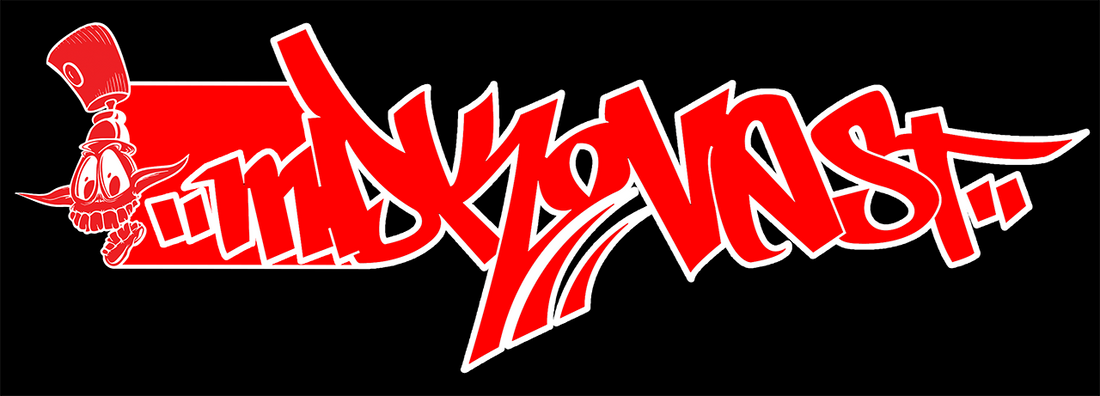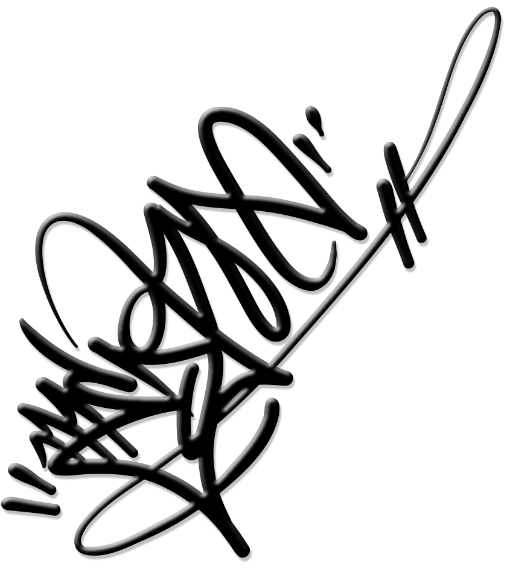
From Tags to Murals: The Evolution of Urban Street Art
Share
Urban street art has undergone a remarkable transformation since its inception in the late 1960s. This vibrant art form has evolved from simple "tags" on New York City walls to a global phenomenon encompassing elaborate murals and thought-provoking public artworks.
The Birth of Street Art
The roots of street art trace back to the graffiti movement, where marginalized youth sought creative expression amidst challenging social conditions. Early graffiti artists like Taki 183 and Cornbread pioneered the use of spray paint and markers to leave their marks on public spaces. As the movement gained momentum, artists developed unique styles, incorporating elements of calligraphy, cartooning, and typography.
Rise to Mainstream Recognition
By the 1980s, street art began gaining wider recognition, thanks to influential artists like Jean-Michel Basquiat and Keith Haring. Their success in galleries helped legitimize street art as a powerful form of artistic expression, blurring the lines between underground and mainstream art worlds.
Evolving Techniques and Mediums
As the art form progressed, artists explored various techniques and mediums:
- Stencils
- Wheat pasting
- Large-scale muralism
These methods allowed for more intricate and visually striking pieces. The canvas expanded from subway cars to entire building facades, transforming urban landscapes into open-air galleries.
Global Impact and Digital Age
Today, street art has become a worldwide movement, with artists using their work to:
- Address social and political issues
- Revitalize neighborhoods
- Challenge traditional notions of art
The rise of social media has amplified its reach, allowing artists to share their creations with a global audience instantly.
From its rebellious origins to its current status as a respected art form, urban street art continues to evolve. It adapts to new technologies and societal changes while maintaining its essence as a powerful medium for creative expression and social commentary.
The Birth of Street Art
The roots of street art trace back to the graffiti movement, where marginalized youth sought creative expression amidst challenging social conditions. Early graffiti artists like Taki 183 and Cornbread pioneered the use of spray paint and markers to leave their marks on public spaces. As the movement gained momentum, artists developed unique styles, incorporating elements of calligraphy, cartooning, and typography.
Rise to Mainstream Recognition
By the 1980s, street art began gaining wider recognition, thanks to influential artists like Jean-Michel Basquiat and Keith Haring. Their success in galleries helped legitimize street art as a powerful form of artistic expression, blurring the lines between underground and mainstream art worlds.
Evolving Techniques and Mediums
As the art form progressed, artists explored various techniques and mediums:
- Stencils
- Wheat pasting
- Large-scale muralism
These methods allowed for more intricate and visually striking pieces. The canvas expanded from subway cars to entire building facades, transforming urban landscapes into open-air galleries.
Global Impact and Digital Age
Today, street art has become a worldwide movement, with artists using their work to:
- Address social and political issues
- Revitalize neighborhoods
- Challenge traditional notions of art
The rise of social media has amplified its reach, allowing artists to share their creations with a global audience instantly.
From its rebellious origins to its current status as a respected art form, urban street art continues to evolve. It adapts to new technologies and societal changes while maintaining its essence as a powerful medium for creative expression and social commentary.
